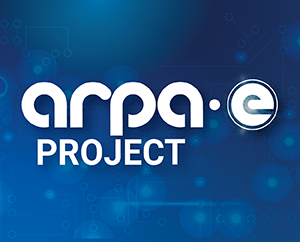Generation of Critical Irradiation Data to Enable Digital Twinning of Molten-Salt Reactors

Technology Description:
Molten salt reactors (MSRs) produce radioactive materials when nuclear fuel is dissolved in molten salt at a high temperature and undergoes fission as it flows through the reactor core. MIT will target two technical gaps: (1) fission product release and transport during normal MSR operations, and (2) radioactive dose rates for MSR primary system maintenance due to fuel salt deposition. In MSRs the primary system serves as the first radiological release barrier during normal reactor operation. Workers performing maintenance related to the primary system would be exposed to a considerable radiation field, even after the fuel salt is “completely” drained. As a result, the number and training of decontamination specialists, health physicists, and maintenance staff might need to be significantly enhanced, which increases O&M costs. MIT plans to design and execute novel reactor experiments, including fuel salt irradiation and post-irradiation examination, to close the technical gaps by generating MSR-specific data. Digital twins of MSRs will require this critical data, which is currently unavailable. DT modeling could greatly optimize system design, required O&M tasks, and staffing.
Potential Impact:
The program goal is to reduce fixed O&M costs from ~13 $/MWh in the current fleet to ~2 $/MWh in the advanced fleet. Benefits include:
